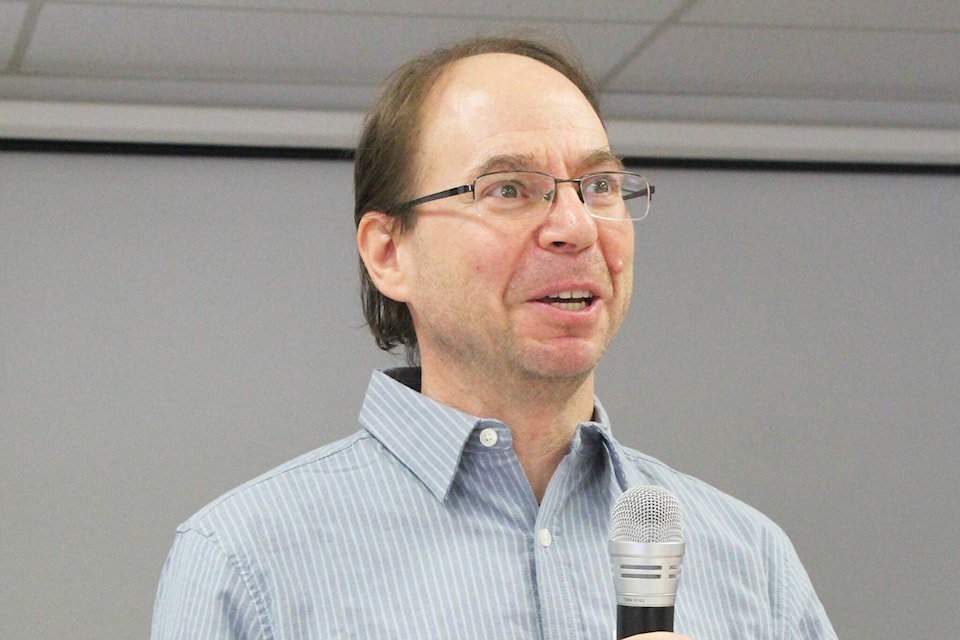‘Participatory democracy’ implies that government decisions are dependent on citizen engagement.
Some definitions are specific in that it is ‘a collective decision-making process that combines elements of direct and representative democracy: citizens have the power to decide on policy proposals and politicians assume the role of policy implementation’ (www.metropolis.org).
In other words citizens make the decisions and elected officials work with the bureaucracy to make it happen. Some definitions are more general, just outlining tools citizens can use to discuss and influence policy debates.
Governments at all levels have ways to participate, be it meeting with elected officials, sitting on advisory committees, or attending public hearings where feedback and information can officially be brought to the decision-making process.
Local governments have community partners that provide services or guide higher-level advocacy. For example, it was engagement with local agriculture groups that lead to RDBN’s work on the veterinarian shortage and a potential northern B.C. vet training program.
Last week’s column mentioned advisory planning commissions (APC), an example of citizens having input on land use planning.
Smithers and Area A each have an APC. The RDBN owns the Bulkley Valley Regional Pool, but relies on the pool society (which anyone can join) to provide direction. RDBN delegates authority to community groups such as Northern Society for Domestic Peace, Rebroadcasting Society and Lake Kathlyn Protection Society for some specific services.
It also depends on recreation groups such as Round Lake Community Hall and Cycle 16 as advisors and partners. While the RDBN holds the purse strings and makes final decisions, none of these things would happen without community engagement or participatory democracy.
On the Dec. 15 RDBN board agenda, there are two other items that are related to participatory democracy. One calls for nominations for a board of variance (BOV). The BOV is a three-member body that looks at applications requesting a “minor variance” from persons who allege they are caused “undue hardship” by rigid enforcement of the zoning bylaw, subdivision servicing requirements, or restrictions while re-assessing a “non-conforming use.”
All RDBN board members are asked to nominate one person, meaning Mayors Dekens and Atrill, and Area A Director Stoney Stoltenberg would all be able to put your name forward should you be interested and approach them.
The other item is the Regional Solid Waste Advisory Committee (RSWAC). The purpose of this committee is to monitor and make recommendations to the RDBN board of directors on the implementation of the Solid Waste Management Plan (SWMP). Regional First Nations, municipalities, industry, non profits, and individuals with interest and experience in solid waste issues are encouraged to apply to this committee.
Regional District committees are a formal way of engaging, but not the only way. We will continue to discuss public engagement on various RDBN topics. In the meantime, for more about RDBN, BOV, or RSWAC, go to www.rdbn.bc.ca.
